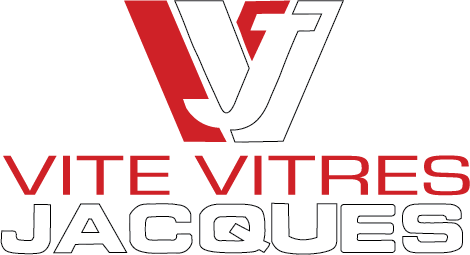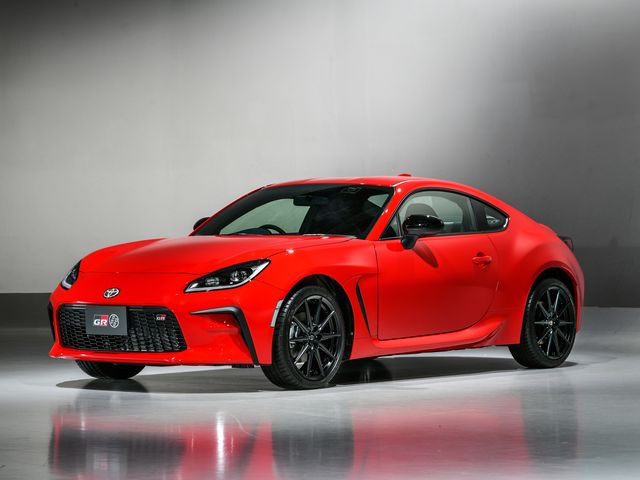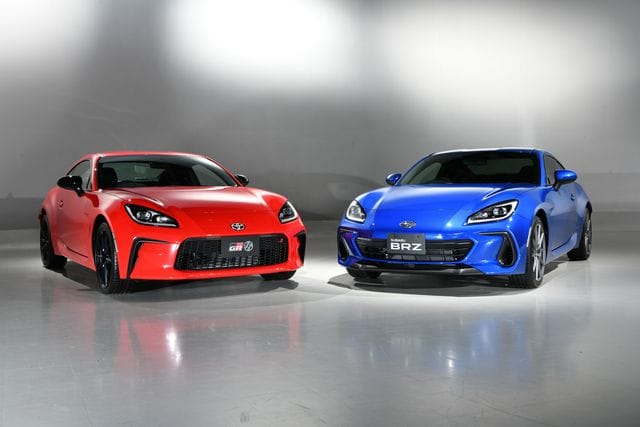Le SUV électrique compact Audi Q4 E-Tron a fait ses débuts au Salon de l’Automobile de Genève en 2019, et… force est de constater qu’une multitude d’événements se sont produits depuis lors. Néanmoins, en dépit de tout cela, il semblerait que ce que nous avons initialement observé en Suisse n’ait pas significativement évolué entre le concept et le modèle de production. De nouvelles informations émanant d’Audi démontrent à quel point ce petit véhicule électrique sera ingénieux, que ce soit au niveau du pare-brise ou simplement des porte-gobelets.
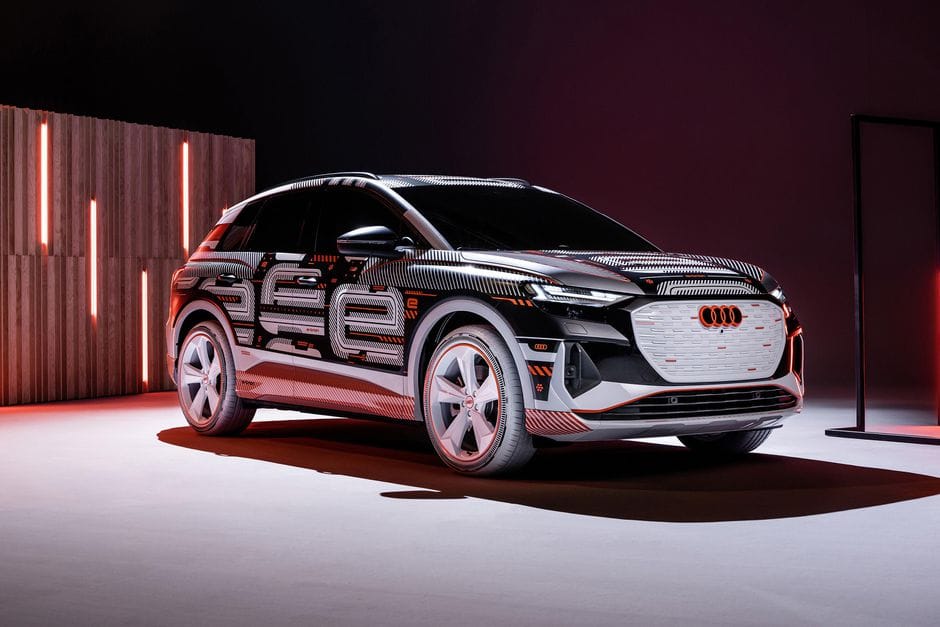
Ce mardi, Audi a divulgué une profusion d’informations concernant le prochain Q4 E-Tron, incluant son extérieur de production camouflé. Comme il avait été promis lors de la présentation du concept, la version qui atteindra effectivement les salles d’exposition ne diffère pas significativement de ce qui a été présenté lors du dernier salon de Genève. Ses proportions compactes sont quelque peu trapues, en raison d’un empattement d’environ 2,77 mètres, mais tout cet espace entre les roues signifie que l’intérieur est beaucoup plus spacieux — comparable à celui d’un Audi Q7, et son espace de chargement offre autant de volume que le segment supérieur à celui-ci. Si vous êtes familier avec l’un des autres modèles E-Tron d’Audi, le style ne devrait pas vous surprendre outre mesure.
Les aperçus de l’extérieur ne constituent qu’une infime partie de ce qu’Audi a présenté. La majorité de l’attention a été portée sur l’intérieur du Q4 E-Tron. Grâce à un plancher de chargement plat et à des commandes électroniques pour la transmission, la console centrale du Q4 E-Tron est sans équivalent dans la gamme Audi, avec une protubérance plus élevée contenant le bouton de démarrage et les commandes de transmission, laissant un espace considérable en dessous pour la recharge sans fil des appareils, des ports USB-C et une paire de porte-gobelets, avec un compartiment traditionnel sous l’accoudoir situé entre les sièges. En ce qui concerne le rangement des boissons, les quatre panneaux de porte disposent d’un support pour bouteille unique monté en hauteur, juste devant les commandes de vitres, pour un accès facilité aux boissons mesurant jusqu’à 1 litre.
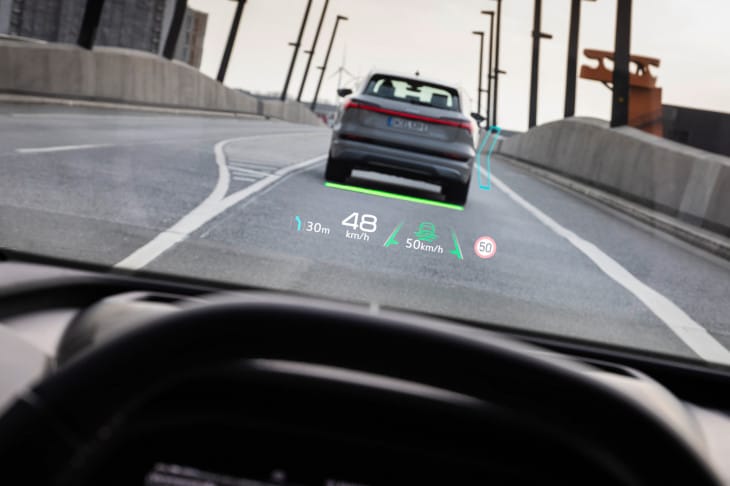
Le tableau de bord au style intéressant présente également une multitude de nouvelles technologies. L’écran tactile du Q4 E-Tron est le plus grand jamais conçu par l’entreprise, mesurant environ 29,5 centimètres de diagonale (dans sa forme optionnelle ; la taille standard est de 25,7 centimètres). Le volant abandonne les commutateurs physiques au profit de pavés tactiles sur les côtés gauche et droit. Ainsi, au lieu d’une molette, il suffit de faire glisser son doigt de haut en bas sur la commande de volume pour modifier le niveau sonore des haut-parleurs. Cependant, certains interrupteurs physiques subsistent, dont la plupart sont relégués aux fonctions de climatisation juste au-dessus du sélecteur de vitesses. Comme pratiquement tous les autres modèles Audi actuellement en vente, le Virtual Cockpit remplace le combiné d’instruments traditionnel par un affichage configurable qui réduit la distraction en plaçant les informations pertinentes au premier plan.
Si cela n’est pas suffisamment central pour vous, permettez-moi de vous présenter une nouveauté véritablement innovante — un affichage tête haute en réalité augmentée. Alors que Mercedes-Benz a trouvé le moyen de superposer les directions virage par virage sur un flux vidéo de l’écran du tableau de bord, Audi a franchi une étape supplémentaire en projetant ce même type d’informations directement sur le pare-brise.
Crédits à https://www.cnet.com/roadshow/news/audi-q4-e-tron-electric-suv-augmented-reality-hud/
